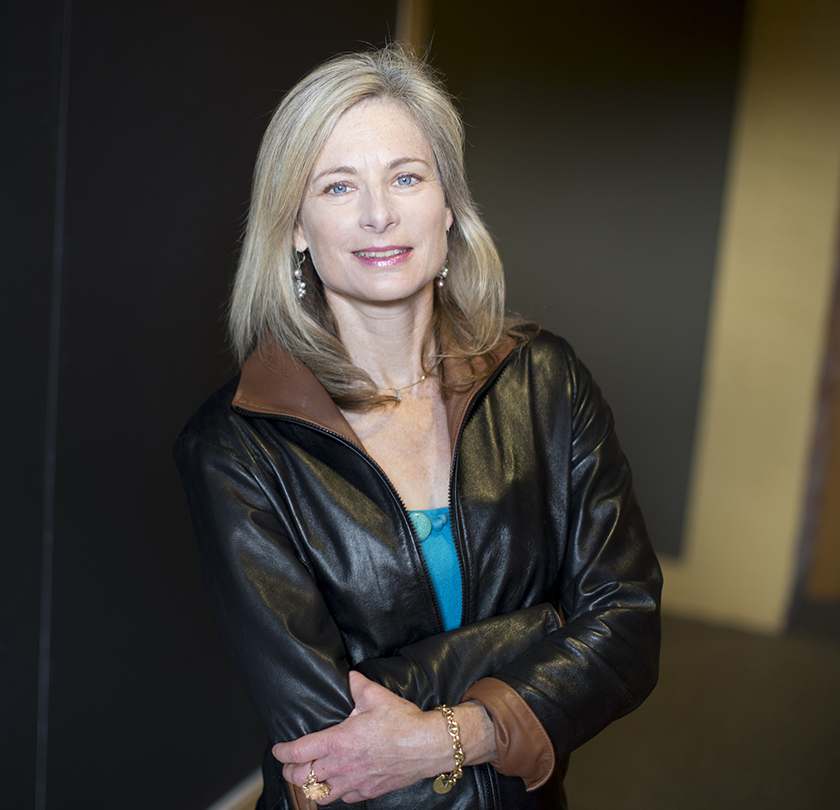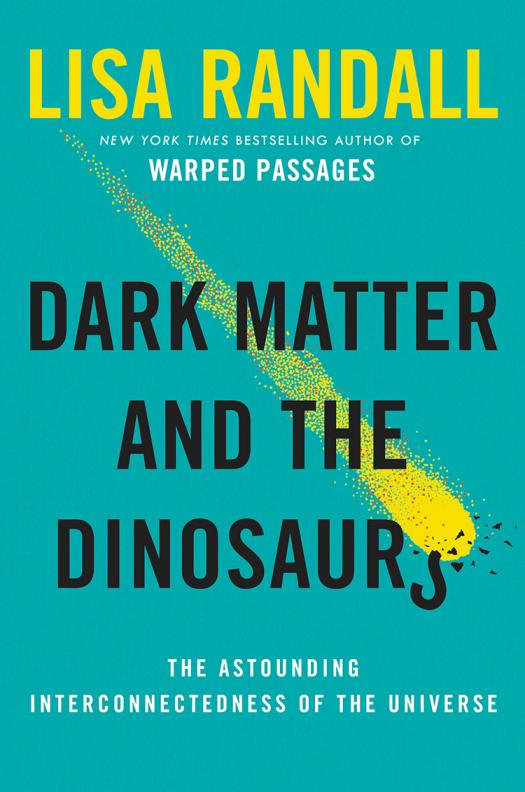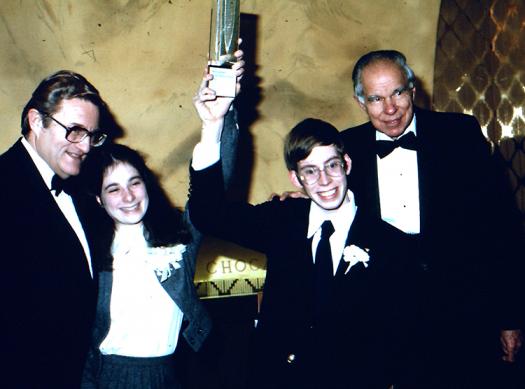STS alumna publishes fourth book

Lisa Randall, a Science Talent Search 1980 finalist, added to her list of published books in October, with “Dark Matter and the Dinosaurs: The Astounding Interconnectedness of the Universe.” It currently has 4.06 stars on Goodreads and 5 stars on Amazon. Lisa is a Frank B.Baird, Jr., professor of physics at Harvard University.
She is also known for “Higgs Discovery: The Power of Empty Space” from 2013 and “Knocking on Heaven’s Door: How Physics and Scientific Thinking Illuminate the Universe and the Modern World” from 2011.

In this new book you discuss the comet that killed the dinosaurs, and three-quarters of other species on the planet. Can you describe your research and how you came to this hypothesis?
I certainly didn’t set out trying to explain the demise of the dinosaurs. My collaborators and I were trying to explain some data about photons from the center of the galaxy trying to ascertain if the data could possibly have an explanation in terms of dark matter annihilating with itself to produce photons. We realized that if dark matter was denser than suggested by the diffuse spherical halo in our galaxy, the implications for observations could be very different. So we asked whether dark matter could be denser than assumed and realized that if even a fraction of the dark matter was in a disk like that of the Milky Way, this might be the case.
When presenting our research at Arizona State University, Paul Davies asked if this dense dark matter disk that we had proposed could be responsible for the demise of the dinosaurs. It turns out researchers had suggested periodicity in large comet strikes, one of which might have killed the dinosaurs, but there was no suitable explanation in the context of ordinary matter. The tidal force from a dark disk could possibly dislodge comets from the distant Oort Cloud in the Solar System when it passed through.
So did dark matter kill the dinosaurs?
A possibility is that comet strikes, one of which killed the dinosaurs, might have been triggered by a newly postulated type of dark matter. This proposal and its background is worth investigating.
How did you become interested in astrophysics and studying dark matter?
It was a gradual process as I am really a particle physicist — a model builder who tries to figure out the underlying nature of reality and how we can test these ideas. One type of matter we don’t understand is dark matter, and as a particle physicist I look for underlying particle models. The type model I described above however has many astronomical implications, so I’m now studying those.
What are you currently researching?
I am doing more research on dark matter — trying to ascertain what it can be. Although many models exist, some very general possibilities have yet to be explored. They could have interesting astronomical implications, which I am investigating too.

What was your most memorable experience at STS 1980?
My most memorable experience was when my congressman invited me to visit. I actually kind of resented that my limited time in Washington, D.C. would be wasted with a photo-op. But he was truly wonderful and took me around with him and introduced me to people so I got a better sense of what he did. When I won, he spoke about it for the Congressional Record.
Can you provide a short description of your STS research project?
It was on Perfect Gaussian Integers, numbers for which the complex factors add up to the number. I looked for them and only found one. So you could say my project was on the number five.
Did your involvement in STS influence you to pursue STEM or promote STEM to others?
I think winning the prize gave me more confidence in my ability to do research during moments of self-doubt at college. It was a nice thing to have under my belt.
What is your advice to young people interested in science and math?
Do it. But I do think it’s important to realize it’s not something you do lightly. It’s committing — but worth it. And research is different from course work — and can be a lot more fun.


